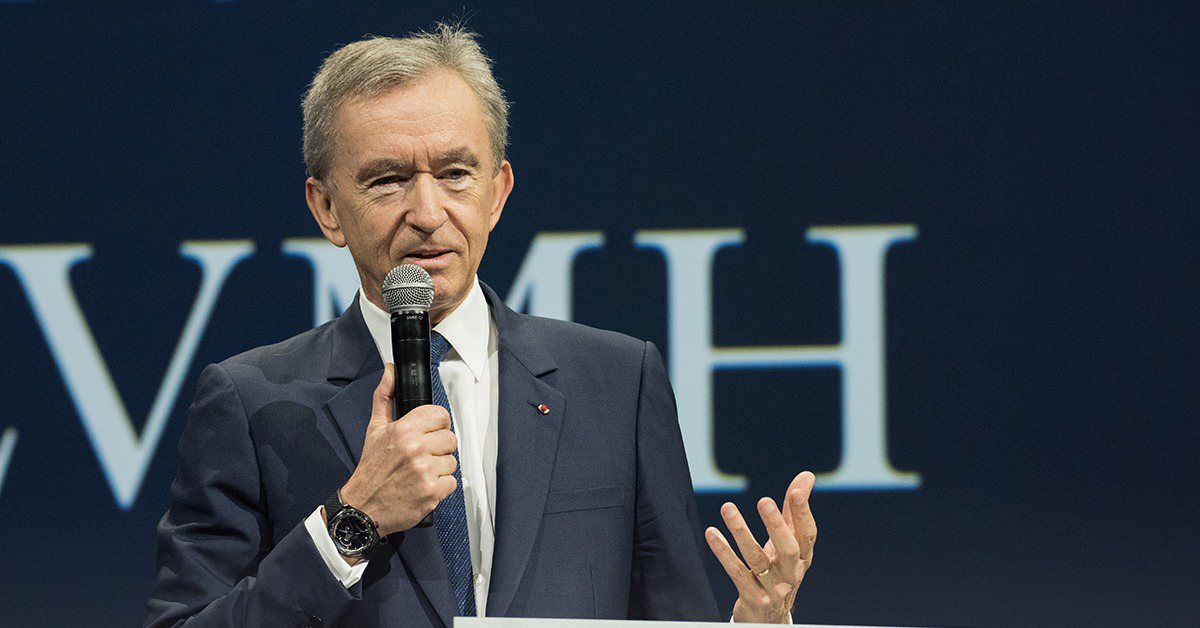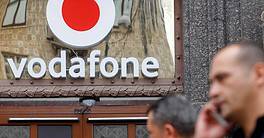In April, LVMH reported a 17% year-over-year increase in first-quarter revenues, more than twice what analysts expected.

LVMH, the French luxury empire behind brands such as Louis Vuitton, Christian Dior, Moët & Chandon and jewelers Bulgari and Tiffany, has become the first European company to surpass a $500 billion market valuation. Shares of the Paris-listed conglomerate have surged about 23% this year, making it one of the 10 most valuable companies in the world and catapulting its founder and CEO, Bernard Arnault, into the top position on the Forbes World’s Billionaires list, ahead of Elon Musk and Jeff Bezos.
He might sit there for a very long time.
Despite the Covid-19 pandemic, war and high inflation, luxury goods sales have been on a roll. In April, LVMH reported a 17% year-over-year increase in first-quarter revenues, more than twice what analysts expected, with a major boost coming from the reopening of China after Covid-19 restrictions were lifted. Still, LVMH has proved to be singularly impervious to economic downturns, says Thomaï Serdari, professor of marketing and director of the Fashion and Luxury MBA at the Leonard N. Stern School of Business at New York University.
“LVMH comprises 75 brands across a variety of sectors,” Serdari observes, spanning “wines and spirits, fashion and leather goods, perfume and cosmetics, watches and jewelry, travel and hospitality, retailing and media. Risk is spread out across these sectors, with each following a different life cycle and responding to different macroeconomic pressures.”
Formed in 1987 with the merger of Louis Vuitton and Moët Hennessy, some brands under the LVMH umbrella date back centuries. Yet the company keeps reinventing itself, Serdari notes. “This is an organization that knows how to capitalize on brand power through acquisitions, capital infrastructure projects and innovations in the area of workforce training and development,” she says.
Crucially, the group has mastered the art of turning fashion into entertainment perhaps better than any of its competitors. “Through its portfolio of brands, it can address the wants of consumers from the bottom of the luxury pyramid all the way to the top, including the accessible, aspirational and absolute segments,” says Serdari. That being the case, she adds, it is hard to predict the world event that could put a stop to LVMH’s growth.



